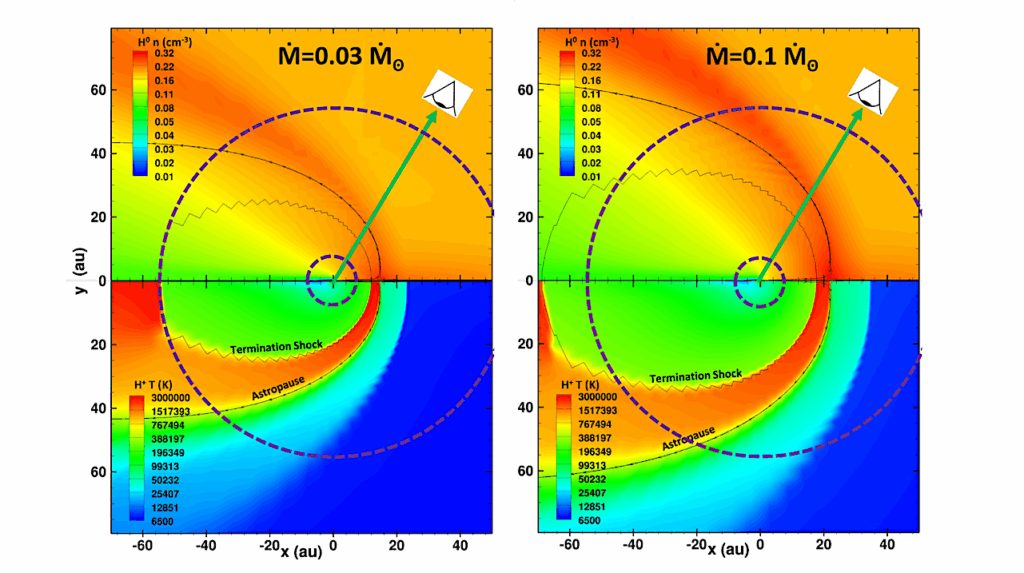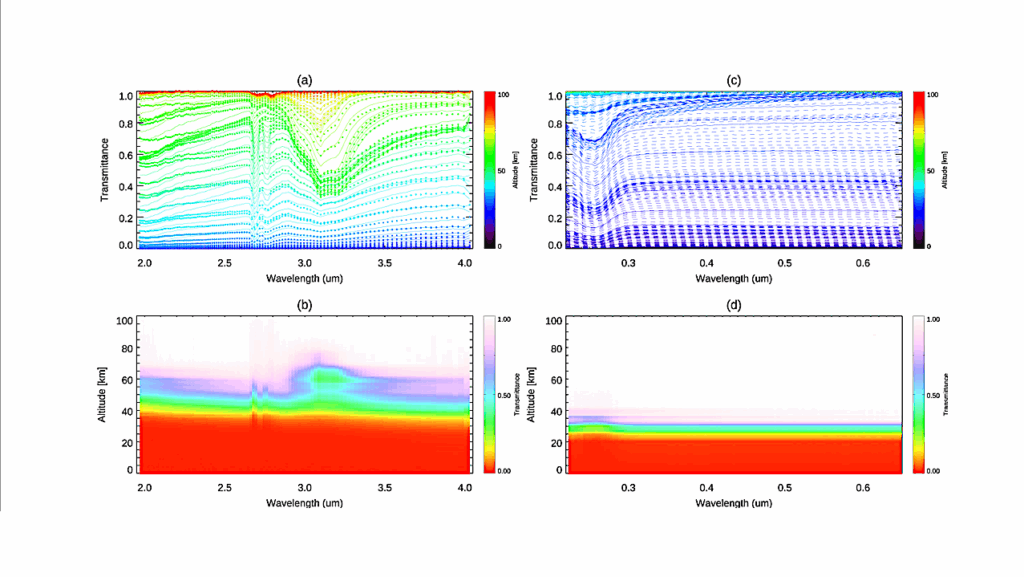Signs Of Life: New Field Guide Aids Astronomers' Search

A Cornell University senior has come up with a way to discern life on exoplanets loitering in other cosmic neighborhoods: a spectral field guide.
Zifan Lin has developed high-resolution spectral models and scenarios for two exoplanets that may harbor life: Proxima b, in the habitable zone of our nearest neighbor Proxima Centauri; and Trappist-1e, one of three possible Earth-like exoplanet candidates in the Trappist-1 system.
The paper, co-authored with Lisa Kaltenegger, associate professor of astronomy and director of Cornell’s Carl Sagan Institute, published in Monthly Notices of the Royal Astronomical Society.
“In order to investigate whether there are signs of life on other worlds, it is very important to understand signs of life that show in a planet’s light fingerprint,” Lin said. “Life on exoplanets can produce a characteristic combination of molecules in its atmosphere – and those become telltale signs in the spectra of such planets.
“In the near future we will be seeing the atmosphere of these worlds with new, sophisticated ground-based telescopes, which will allow us to explore the exoplanet’s climate and might spot its biota,” he said.
In the search for habitable worlds, “M dwarf” stars catch astronomers’ eyes, since the local universe teems with these suns, which make up 75% of the nearby cosmos, according to Lin.
Throughout the Milky Way, our home galaxy, astronomers have discovered more than 4,000 exoplanets, some in their own suns’ habitable zone – an area that provides conditions suitable for life.
To explore the atmosphere of these places, scientists need large next-generation telescopes, such as the Extremely Large Telescope (ELT), which is currently under construction in northern Chile’s Atacama Desert and expected to be operational in 2025. Scientists can aim the mammoth eyepiece – with a flawless primary mirror about half the size of a football field – at Proxima b and Trappist-1e. The future telescope will have more than 250 times the light-gathering power of the Hubble Space Telescope.
Lin and Kaltenegger said the high-resolution spectrographs from the ELT can discern water, methane and oxygen for both Proxima b and Trappist-1e, if these planets are like our own pale blue dot.
“Zifan has generated a database of light fingerprints for these worlds, a guide to allow observers to learn how to find signs of life, if they are there,” Kaltenegger said. “We are providing a template on how to find life on these worlds, if it exists.”
Funding for this research was provided by the Carl Sagan Institute and the Breakthrough Foundation.
Cornell University has dedicated television and audio studios available for media interviews supporting full HD, ISDN and web-based platforms.
High-resolution reflection spectra for Proxima b and Trappist-1e models for ELT observations, Monthly Notices of the Royal Astronomical Society
The closest stars that harbor potentially habitable planets are cool M-stars. Upcoming ground- and space-based telescopes will be able to search the atmosphere of such planets for a range of chemicals. To facilitate this search and to inform upcoming observations, we model the high-resolution reflection spectra of two of the closest potentially habitable exoplanets for a range of terrestrial atmospheres and surface pressures for active and inactive phases of their host stars for both oxic and anoxic conditions: Proxima b, the closest potentially habitable exoplanet, and Trappist-1e, one of 3 Earth-size planets orbiting in the Habitable Zone of Trappist-1. We find that atmospheric spectral features, including biosignatures like O2 in combination with a reduced gas like CH4 for oxic atmospheres, as well as climate indicators like CO2 and H2O for all atmospheres, show absorption features in the spectra of Proxima b and Trappist-1e models. However for some features like oxygen, high-resolution observations will be critical to identify them in a planet’s reflected flux. Thus these two planets will be among the best targets for upcoming observations of potential Earth-like planets in reflected light with planned Extremely Large Telescopes.
Astrobiology








